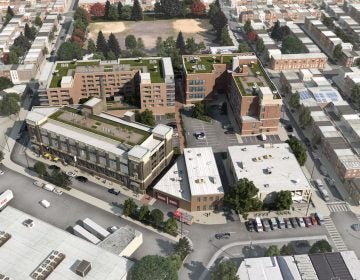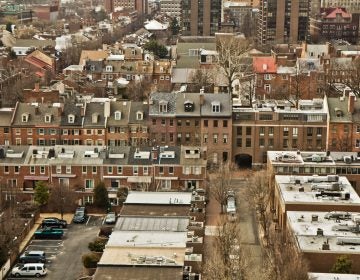Drawn to ruin porn

PlanPhilly’s own JoAnn Greco looks at our perpetual fascination with urban ruins in a piece on The Atlantic Cities today, unpacking the appeal from the perspective of photographers and urban explorers.
Why are we so captivated by urban decay and the uneasy silence of places where time has somehow slowed? I’d argue, as JoAnn does, that we’re drawn to ruins because there is a sort of gothic romance in decay, and because they remind us of the fragility of our creations and ultimately of ourselves.
For the curious, the steady image feed from amateur and professional photographers like Camilo José Vergara (who has spent decades documenting places like Camden and Harlem in slow physical decline) show us enthralling portraits of our nation’s urban decay, and they’re everywhere. What does our seemingly insatiable appetite for these images say about our regard for these places and about us?
There is this voyeuristic tension that’s hard for me to shake. Is the attraction a fetishization of decay? Is the presentation an objectifying curation of lost buildings? Can these places (and images of them) be shells for interpretation and vessels of memory? Or is it about capturing places frozen in time, that time and money and progress left behind? Documentation is a form of preservation, but do these compelling images of decrepitude compel people to care more or do more about these places? Len Albright, a Princeton post-doctoral student and urban explorer, told JoAnn: I’ve interviewed people who have been to the same building 20 or 30 times, they just love it so much…. But when I asked them if they’d like to organize a cleanup or a preservation effort, they’d be indifferent. They might think that’s fine for someone else to do … after awhile, though, they’d be off to hunt for the next abandoned building. Do you see ruin porn as exploitation? Or is it more about recording and illuminating the past as it lives around us, often ignored, before it disappears? Perhaps it’s as John Patrick Leary suggests in his excellent Guernica article, “Detroitism,” that each exploration and image contains the conflicts of contemporary American urban life wrapped in individual packages that we can’t stop morbidly consuming.
WHYY is your source for fact-based, in-depth journalism and information. As a nonprofit organization, we rely on financial support from readers like you. Please give today.







